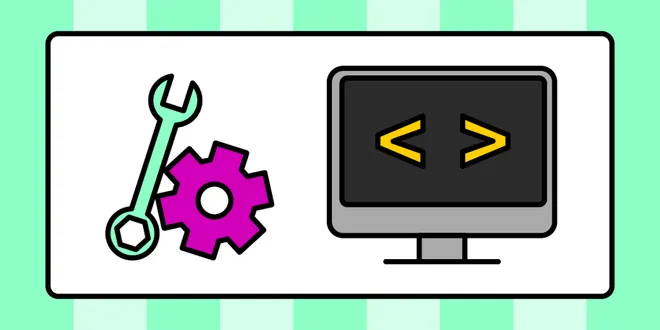LLM
Large Language Models (LLMs) are advanced AI systems designed to understand and generate human-like text. They have gained significant attention since the release of ChatGPT, which operates on models like GPT-3 and its successors. LLMs are distinguished by their vast number of parameters and the extensive datasets they are trained on, allowing them to perform a variety of language-related tasks, from answering questions to generating creative content. Their capabilities stem from sophisticated machine learning techniques, making them a powerful tool in fields such as natural language processing, content creation, and conversational AI.

What is LLM 2.0?
LLM 2.0 refers to a new generation of large language models that mark a significant departure from the traditional deep neural network (DNN)-based architectures, such as those used in GPT, Llama, Clau...
📚 Read more at Machine Learning Techniques🔎 Find similar documents

A Practical Introduction to LLMs
3 levels of using LLMs in practice This is the first article in a series on using Large Language Models (LLMs) in practice. Here I will give an introduction to LLMs and present 3 levels of working wi...
📚 Read more at Towards Data Science🔎 Find similar documents

The Busy Person Intro to LLMs
What are LLMs? LLMs or Large Language Models is a type of generative AI that has been trained on a massive scale of data (petabytes of data) and can produce novel responses to any type of question, th...
📚 Read more at Towards AI🔎 Find similar documents

The Magic of LLMs — Prompt Engineering
Large language models (LLMs) are able to conversationally provide an unprecedented level of ML-generated information when asked the right question. For example, LLMs can generate articles (no, an LLM…...
📚 Read more at Towards Data Science🔎 Find similar documents

LLM at Home
Trying StarChat 16B large language model on a PC Image generated by StableDiffusionXL 1.0 model. Prompt: “machine learning model writes software code, artificial, cyberpunk, dystopian, silhouette, ob...
📚 Read more at Better Programming🔎 Find similar documents

Make LLM talk about your Data
Walkthrough of using LLM with its associates to answer for you Photo by julien Tromeur on Unsplash As AI is blowing up the market currently, you might be wondering, how they know about all this stuff...
📚 Read more at The Pythoneers🔎 Find similar documents

The Large Language Model Course
How to become an LLM Scientist and Engineer from scratch Image by author The Large Language Model (LLM) course is a collection of topics and educational resources for people to get into LLMs. It feat...
📚 Read more at Towards Data Science🔎 Find similar documents

How much energy do LLMs consume?
Large Language Models (LLMs) are becoming the new mainstream for several tasks we perform everyday: searching answers to our everyday questions, summarizing texts, creating slides or creating images f...
📚 Read more at Towards Data Science🔎 Find similar documents

Scaling LLM Evaluation
Automated Evaluation Playbook for LLM-Based Applications Photo by Jungwoo Hong on Unsplash. Large Language Models (LLMs) are transforming machine learning, powering applications like chatbots, RAG, a...
📚 Read more at Towards AI🔎 Find similar documents

LLM 2.0, the New Generation of Large Language Models
I get many questions about the radically different LLM technology that I started to develop 2 years ago. Initially designed to retrieve information that I could no longer find on the Internet, not wit...
📚 Read more at Machine Learning Techniques🔎 Find similar documents

How to Build an LLM Application
LLM Centric Apps The rate of innovation in AI has been tremendous over a short period. Specifically, two innovations have opened up a plethora of possibilities for building apps centred around large l...
📚 Read more at Towards Data Science🔎 Find similar documents

The LLM Engineer’s Playbook
1.5 years ago, I left my PhD in AI to devote myself to “applied education”: switching from the research state into concrete tools that teams can actually use and deploy. Today, I’m thrilled to announc...
📚 Read more at Towards AI🔎 Find similar documents

